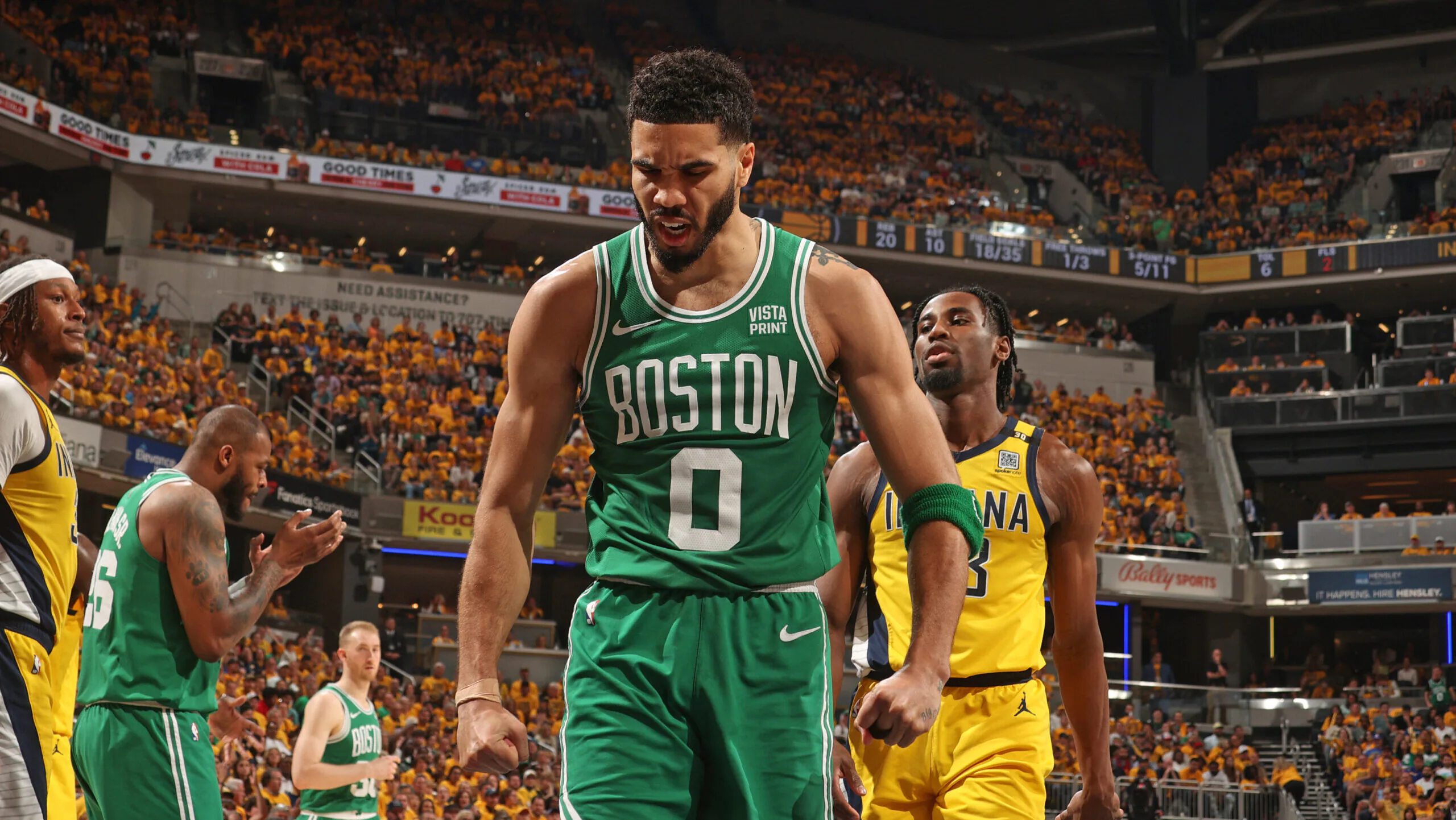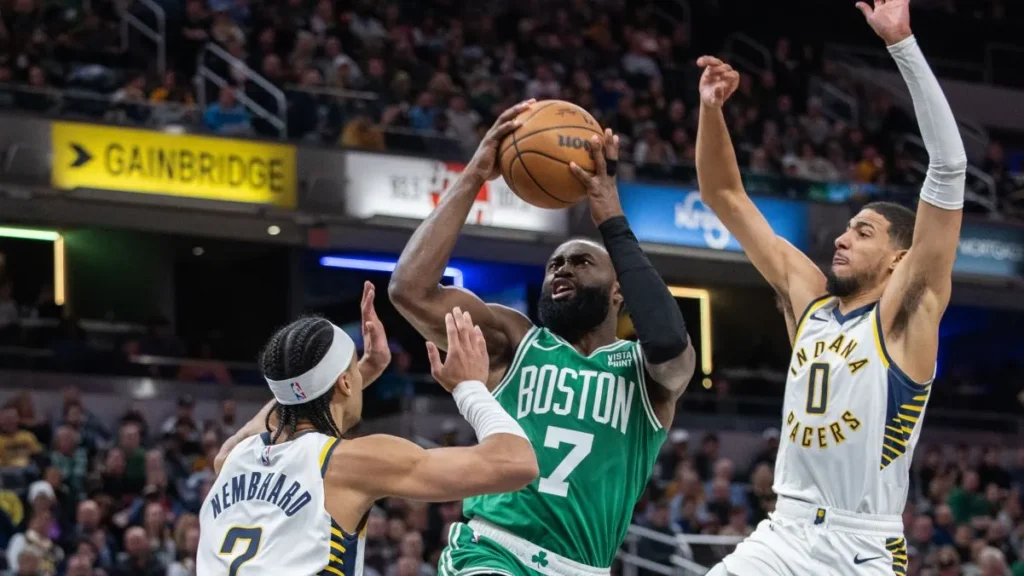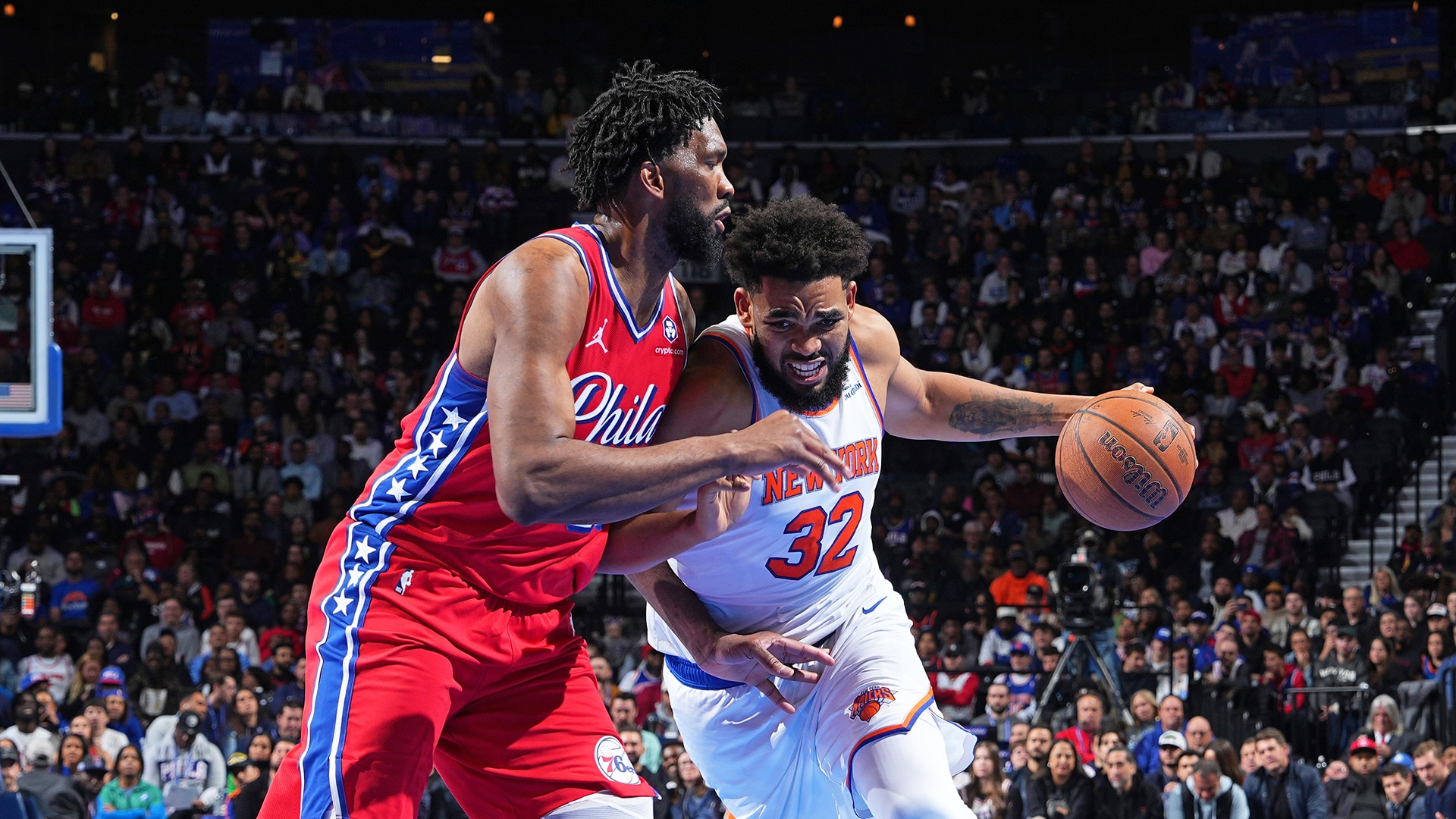
Introduction to the Boston Celtics vs Pacers Match Player Stats
The Boston Celtics and the Indiana Pacers have a long-standing rivalry within the National Basketball Association (NBA), characterized by intense battles both on and off the court. As we analyze the matchup between these two teams, it is essential to understand the broader context of the current NBA season and how this game could influence playoff positioning. The Celtics, with their storied history and multiple championships, consistently find themselves in the conversation as title contenders. In contrast, the Pacers, while historically less decorated, have shown resilience and competitiveness, aiming to solidify their standing in the Eastern Conference.
This particular meeting holds significant stakes as both teams are striving for advantageous playoff seating. For the Celtics, maintaining their position near the top of the standings is critical to securing home court advantage in the playoffs. On the other hand, the Pacers are in a position where each game is crucial to enhance their chances of qualifying for the postseason. A victory against a formidable opponent such as the Celtics can serve as a statement and boost their confidence heading into crucial matchups ahead.
Player statistics play an instrumental role in analyzing the dynamics of the game and predicting outcomes. By examining key performance indicators, such as points per game, rebounds, and assists, one can ascertain player contributions and their impact on the team’s overall performance. Effective player stats also enable fans and analysts to understand matchups better, identify potential mismatches, and forecast strategies that each team may employ. Ultimately, the intersection of history, rivalry, and statistical analysis sets the stage for an exciting showdown between the Boston Celtics and the Indiana Pacers, making it a compelling matchup to watch in the NBA season.
Key Player Performances for the Boston Celtics
The Boston Celtics showcased remarkable skills in their recent matchup against the Indiana Pacers, with several players delivering standout performances that were crucial to the team’s success. Central to the Celtics’ offensive strategy was Jayson Tatum, who led the scoring with an impressive 32 points. Tatum exhibited excellence in shooting, achieving a field goal percentage of 54%, which included making four out of seven attempts from beyond the arc. His ability to consistently create his own shot and finish at the rim under pressure was instrumental in establishing an early lead for the Celtics.
Another notable contributor was Jaylen Brown, who complemented Tatum’s performance with 25 points, five rebounds, and three assists. Brown’s dynamic play enabled the Celtics to maintain momentum throughout the game, as he capitalized on fast-break opportunities and demonstrated effective ball movement. His contribution was not only limited to scoring; defensively, he played a crucial role in limiting the Pacers’ wing players, showcasing versatility that is vital to the team’s overall strategy.
Additionally, Marcus Smart’s influence was felt on both ends of the floor. He recorded eight assists and added 12 points while grabbing six rebounds, contributing significantly to the team’s playmaking and defense. As a defensive anchor, Smart’s tenacity and court awareness helped disrupt the Pacers’ offensive flow, making it difficult for Indiana to find their rhythm.
Overall, the coordinated efforts of Tatum, Brown, and Smart were pivotal in steering the Celtics toward a commendable victory against the Pacers. Their individual statistics not only highlight their personal prowess but also underscore how these key players effectively executed the Celtics’ game plan, fostering the team’s successful outcome.

Key Player Performances for the Indiana Pacers
In the matchup against the Boston Celtics, the Indiana Pacers displayed a mix of resilience and strategic execution, with several key players significantly contributing to the team’s performance. One of the standout performers was Tyrese Haliburton, who orchestrated the Pacers’ offense with remarkable precision. Haliburton not only led the team in assists but also demonstrated an efficient shooting touch, making him a pivotal force in the game. His ability to create plays and find open teammates reflected his deep understanding of the game dynamics, thus enabling the Pacers to maintain competitiveness against a formidable Celtics squad.
Additionally, Buddy Hield showcased his sharpshooting skills, further elevating the Pacers’ offensive threat. Hield’s ability to stretch the floor with his three-point shooting kept the Celtics’ defense on high alert, allowing the Pacers to capitalize on spacing. His perimeter scoring was crucial to maintaining offensive flow and rhythm, particularly during critical stretches of the contest. Comparing Hield’s contributions to those of the Celtics’ sharpshooters illustrates the essential role that effective perimeter play had in determining the match’s outcome.
Defensively, Myles Turner made his presence known, recording multiple blocks that not only disrupted the Celtics’ offensive sets but also inspired his teammates. Turner’s defensive prowess is essential for the Pacers, providing them with a reliable rim protector that can change the landscape of a game. His ability to guard multiple positions and contest shots allowed the Pacers to remain competitive defensively; this allowed them to challenge Boston’s versatile scoring options.
Ultimately, the contributions from Haliburton, Hield, and Turner exemplified the collective effort from the Pacers, showcasing their potential to compete at high levels. These performances highlight the importance of individual players in shaping the team’s overall strategy against a well-rounded opponent like the Celtics.
Conclusion and Implications of Player Stats
Analyzing player statistics from the matchup between the Boston Celtics and the Indiana Pacers reveals insightful trends in team performance and dynamics. The individual contributions of players not only impact game outcomes but also serve as indicators of overall team synergy. For instance, examining the scoring prowess, assist-to-turnover ratios, and defensive metrics of key players sheds light on areas of strength and potential vulnerabilities within each squad.
In the specific case of the Celtics, standout performances from players like Jayson Tatum and Jaylen Brown were evident, showcasing their capabilities in leading the offensive charge. Their ability to efficiently score while facilitating plays for teammates is critical as the team approaches more challenging contests. Conversely, the Pacers exhibited noteworthy efforts from their star player, whose rebounds and assists reflect an essential role in balancing offense and defense. Recognizing these statistics enables fans and analysts to discern patterns in performance that might predict future outcomes.
As both teams prepare for future matchups, the statistics provide a framework for strategic planning. For the Celtics, enhancing defensive coordination and improving bench support may be focal points, while the Pacers might emphasize maximizing their offensive efficiency during crunch time. Monitoring player stats can also identify emerging talents or shifts in performance levels, guiding coaching decisions as well as fan expectations. Ultimately, understanding these statistics can empower the Celtics and Pacers to refine their approaches and capitalize on individual strengths within the context of team objectives.
Overall, player statistics serve a dual purpose: they inform immediate tactical adjustments and contribute to broad predictions regarding team success. Fans, analysts, and coaches alike benefit from a keen understanding of these metrics as they reflect the evolving nature of each team’s performance landscape.







